277v with 120v fixtures
robjamell
12 years ago
Featured Answer
Sort by:Oldest
Comments (29)
brickeyee
12 years agomike_kaiser_gw
12 years agoRelated Professionals
Four Corners General Contractors · Athens General Contractors · Clarksville General Contractors · Elyria General Contractors · Orangevale General Contractors · Perrysburg General Contractors · Westchester General Contractors · Prunedale Solar Energy Systems · Fox Chapel Home Automation & Home Media · Inglewood Home Automation & Home Media · Lenexa Home Automation & Home Media · Los Alamitos Home Automation & Home Media · Oak Hill Home Automation & Home Media · Plantation Home Automation & Home Media · San Mateo Home Automation & Home Mediabus_driver
12 years agobtharmy
12 years agomike_kaiser_gw
12 years agorobjamell
12 years agobrickeyee
12 years agoDavidR
12 years agomike_kaiser_gw
12 years agorobjamell
12 years agobrickeyee
12 years agorobjamell
12 years agoRon Natalie
12 years agorobjamell
12 years agobtharmy
12 years agorobjamell
12 years agoRon Natalie
12 years agobus_driver
12 years agoyosemitebill
12 years agorobjamell
12 years agobrickeyee
12 years agorobjamell
12 years agorobjamell
12 years agoRon Natalie
12 years agobrickeyee
12 years agoRon Natalie
12 years ago69yenko11
last yearmtvhike
last year
Related Stories

REMODELING GUIDESFinishing Touches: Pro Tricks for Installing Fixtures in Your Tile
Cracked tile, broken drill bits and sloppy-looking fixture installations? Not when you follow these pro tips
Full Story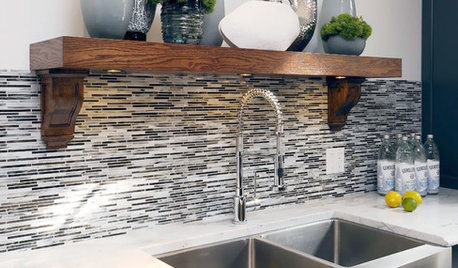
REMODELING GUIDESThe Perfect Finish for Your Tile
Bullnose? Quarter round? V-cap? Demystify trim terms and finish off your kitchen and bath tile in style
Full Story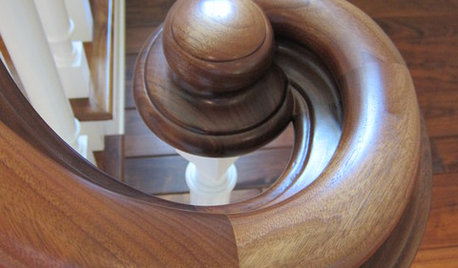
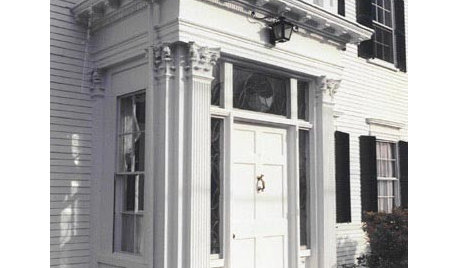
DESIGN DICTIONARYVestibule
This entryway can welcome a guest and shut the door on the cold
Full Story0
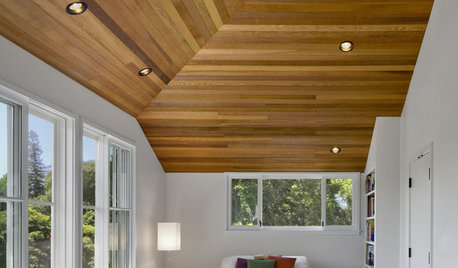
DESIGN DICTIONARYVaulted Ceiling
Bank on this higher-than-normal ceiling for a dramatic effect in any room
Full Story0
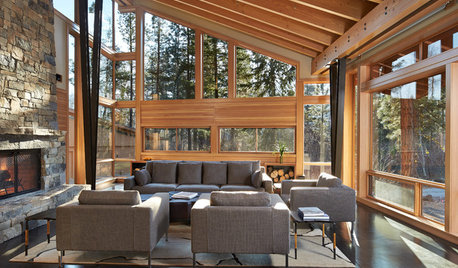
MODERN HOMESHouzz Tour: Organic Beauty in a Remote Washington Valley
An architect designs almost everything — rugs, light fixtures, counter stools and more — in this modern handcrafted home
Full Story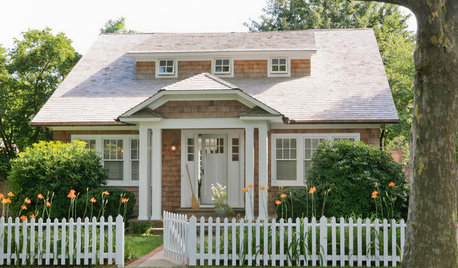
DECORATING STYLESOutfit a Cottage-Style Remodel, Top to Bottom
If you're renovating with a cottage look in mind, these fixtures, finishes and accessories will bring on the charm
Full Story
DECORATING GUIDESDIY: Fluffy White Paper Lantern
Recreate this cloud-like light fixture using a surprising secret ingredient
Full Story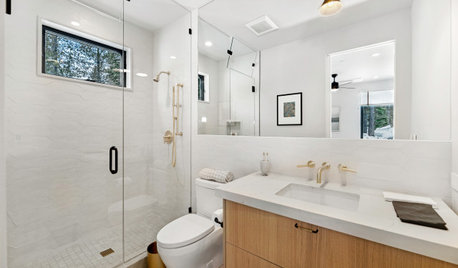
BATHROOM DESIGNKey Measurements to Make the Most of Your Bathroom
Fit everything comfortably in a small or medium-size bath by knowing standard dimensions for fixtures and clearances
Full Story





petey_racer